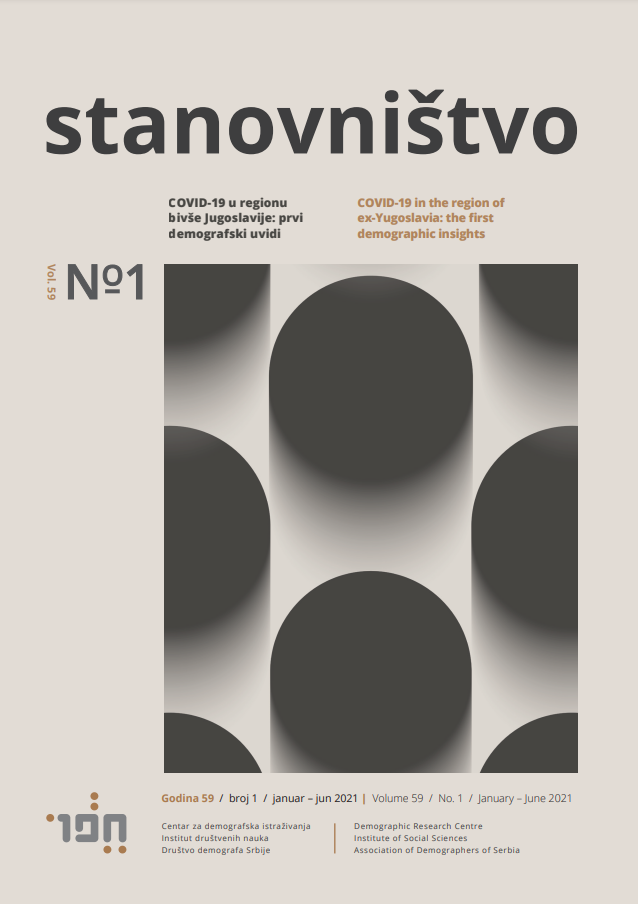COVID-19 and excess mortality: Was it possible to lower the number of deaths in Slovenia?
COVID-19 and excess mortality: Was it possible to lower the number of deaths in Slovenia?
Author(s): Damir JosipovičSubject(s): Social Sciences
Published by: Институт друштвених наука
Keywords: COVID-19 deaths; excess mortality; age structure; elderly; population projections
Summary/Abstract: This paper presents new data on the age structure of hospitalised SARI (severe acute respiratory infection) patients, with or without COVID-19, broken down by gender, place of infection, and region. The leading hypothesis that COVID-19 deaths are overestimated despite the high share of excess deaths was confirmed, bringing to light the important issue of the demographic breakdown of the population at risk. Thus, the main reason for the decreasing number of COVID-19 deaths is to be sought within the exhausted demographic pool of the elderly population in 2020, when the mortality rate was 19% higher compared to the previous five-year period (2015–2019). Demographic disparities across regions are immense and statistically explain the differences in the “infected versus deceased” ratio. The excess mortality in 2020 was unusually high, but the projected value for 2020 based on the mortality pattern across age groups from 2015 to 2019 contributed up to one-third of the surplus. So, for one-quarter of alleged COVID-19 deaths (roughly 600 out of some 3,300 in 2020), death was expected to take place in 2020 anyway.
Journal: Stanovništvo
- Issue Year: 59/2021
- Issue No: 1
- Page Range: 17-30
- Page Count: 14
- Language: English

